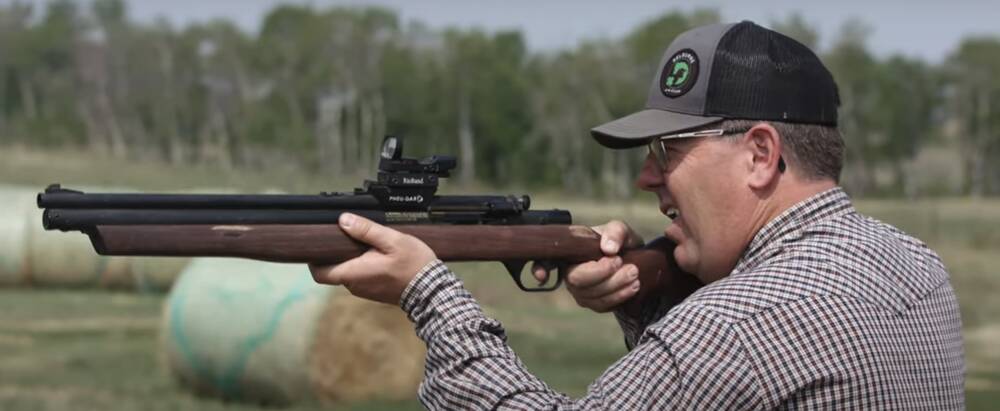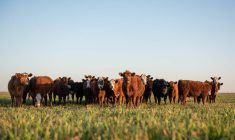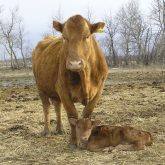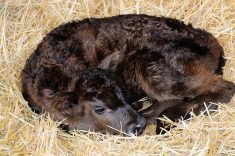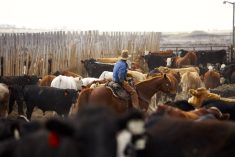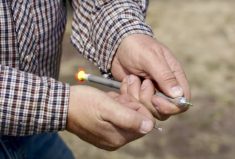Glacier FarmMedia — Dart guns, also known as remote delivery devices, are becoming commonly used in cow-calf operations.
Capture guns have also been used by veterinarians to capture escaped stock in areas where there are no collection corrals. We used to call this “going on safari.” Wildlife officers use these same capture guns with potent drugs to catch, relocate or collar wildlife.
In all these situations, there is minimal stress on the animal or producer.
Read Also
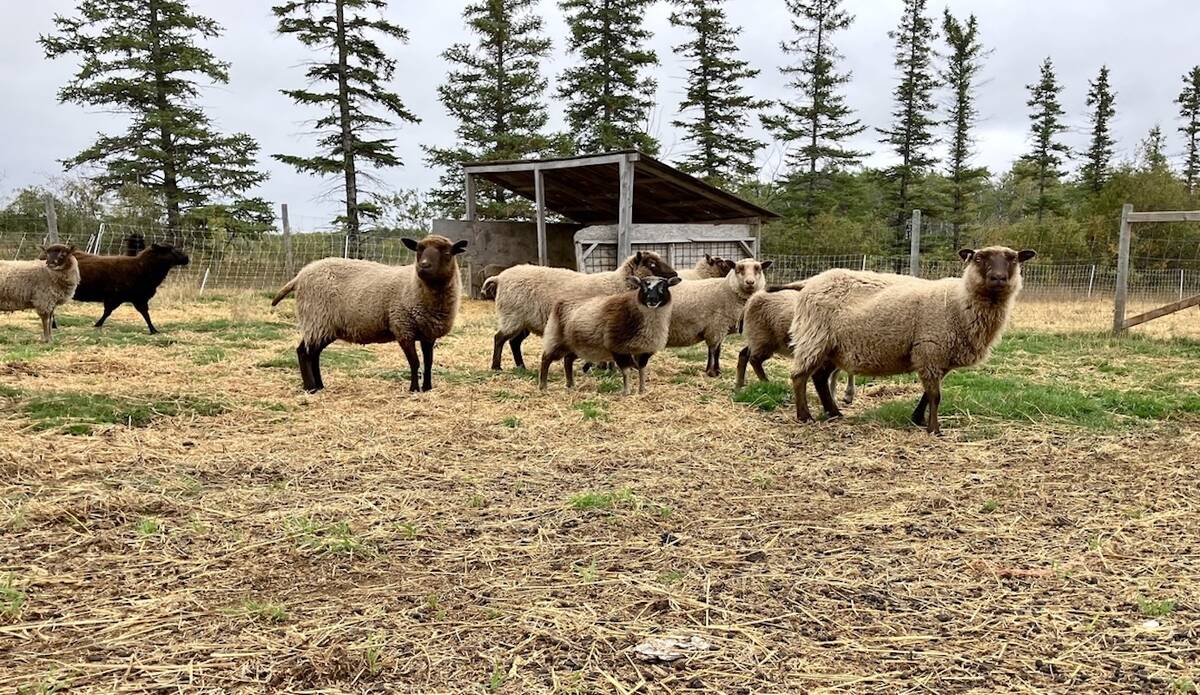
Mosquito-borne virus could be devastating to sheep breeding operations
Cache Valley virus, a mosquito-borne disease that infects small ruminants, could be a devastating hit to small operations.
Let’s go over the advantages and disadvantages of dart guns for treating cattle. This primarily pertains to cattle on large pastures where the ability to restrain and examine an animal is limited. Strong, elusive or fractious bulls may also require use of these devices.
This saves a lot of grief and time but we also don’t want to over-treat, and that is easy to do with these devices.
Today’s modern dart guns are rifles and handguns that shoot lightweight darts that can be loaded easily and are very accurate. The system most commonly used on livestock is the pneudart, in which darts are disposable.
Many come equipped with scope sites so if you’re close enough, it’s rare to miss the animal, even if you’re inexperienced, but be sure to do a bit of practice first.
Different sized darts are available, up to 10 cc, so you don’t need to worry about giving too much in one treatment site. These darts accurately deliver product 20 to 30 metres away. Wind must be taken into account when firing and try to retrieve spent darts from the ground.
The greatest issue isn’t the accuracy or efficacy of dart guns. It’s whether the diagnosis can be made properly from a distance. There is no close examination, and identification of the animal may be difficult.
Another issue is whether the delivery device puts the product where it needs to go from a Verified Beef Production standpoint. Can we deliver the proper dosage? With current darts with needles, I would say the answer to that is mostly yes. Practice with dart guns and use them only when other methods are impossible or impractical.
If you are going to use products and especially prescriptions in these devices, your veterinarian should work out protocols for the specific conditions in which you can treat with a dart gun. Many of today’s modern medicines have low dosages, long lasting capabilities and most are approved subcutaneously, meeting the requirements for remote delivery devices.
The darts can also be used with shorter needles, making it more likely most of the product is delivered subcutaneously. Shooting in the neck or shoulder area of mature animals is a decent target. Take into account whether darting a calf, yearling, cow or bull, because skin thickness is very different between these groups.
Be ever cognizant of jugular vein location. Some products, if given intravenously, can cause a severe allergic reaction. Always have epinephrine on hand when antibiotics or anything else that is injected.
I’ve seen animals limp for days after being hit on the shoulder, when the shoulder blade has been hit. If possible, never dart cattle on the run.
The Beef Cattle Research Council has excellent materials on the use of dart guns, their advantages and disadvantages, plus safety practices. There is also an excellent video on dart gun use, as well and other training videos such as the 911 calf videos. All are available at beefresearch.ca.
From the rancher viewpoint, dart guns offer easy and timely treatments. There are significant labour savings and minimal stress on cattle that are darted. If the right treatment is given even one day or even several hours earlier than it would be otherwise, treatment response is improved.
Fewer treatments may be necessary and it can be much less stressful than roping and stretching the cattle out in order to treat. Work with your veterinarian on standard operating procedures for common pasture conditions.
Veterinarians may worry that some cattle are treated unnecessarily because a wrong diagnosis can be made when looking from a distance. There can also be over-treatment or product not delivered where it should be. These issues deserve consideration.
Like any treatment, it’s important to identify the animal for your records and to manage withdrawal times. Legible ear tags and binoculars will help. Try to retrieve all used darts. They will usually fall out after the animal takes a few steps.
In summary, there are many things to consider before pulling out the dart gun but it is a good tool in remote and large pastures, or pastures with no handling facilities or with fractious animals.
Several veterinary clinics and farm supply stores in Western Canada carry the devices and proper darts. Use them with care, don’t over-use, and follow the rules.


